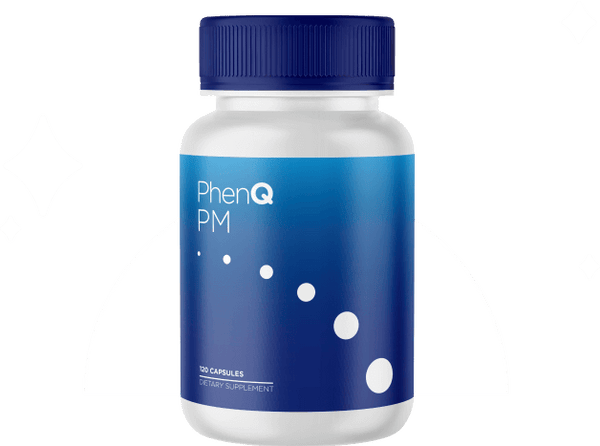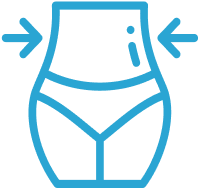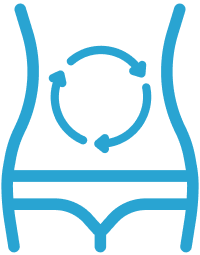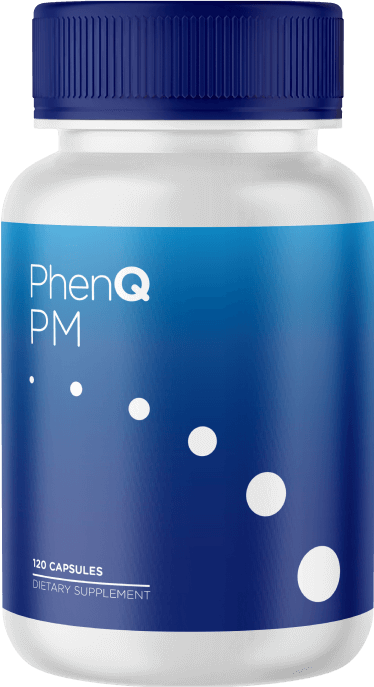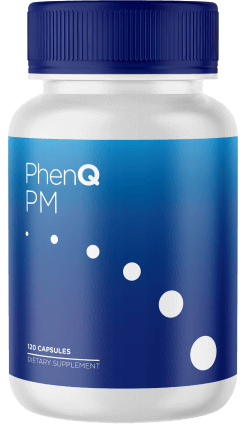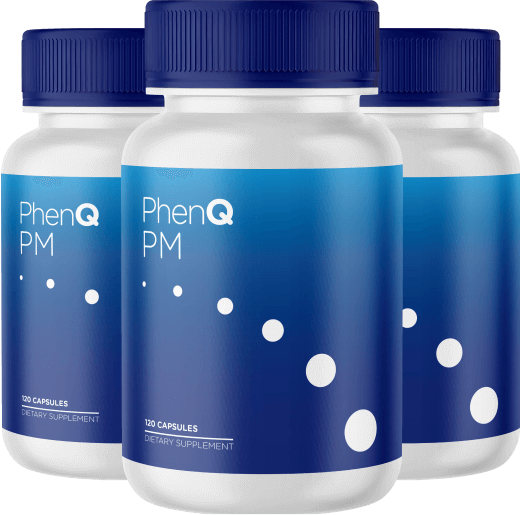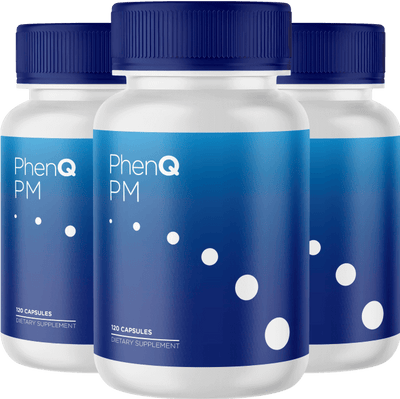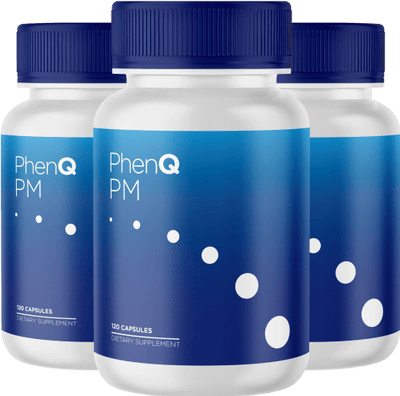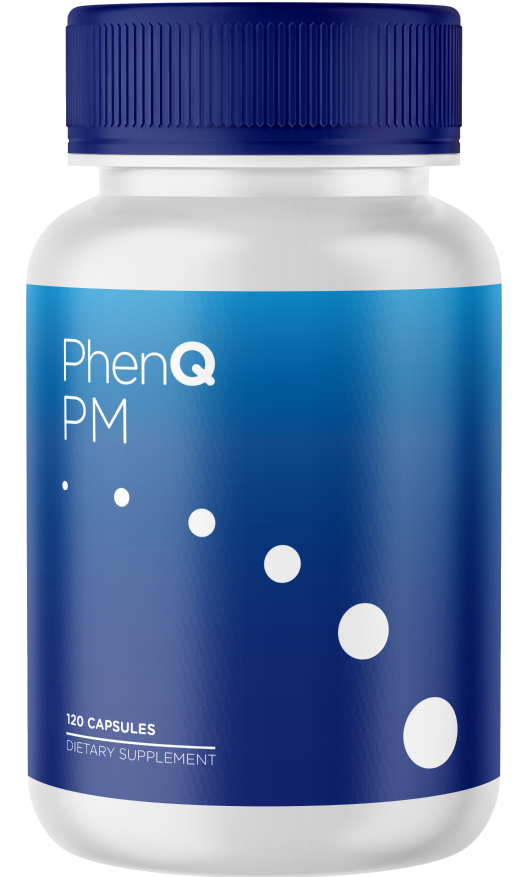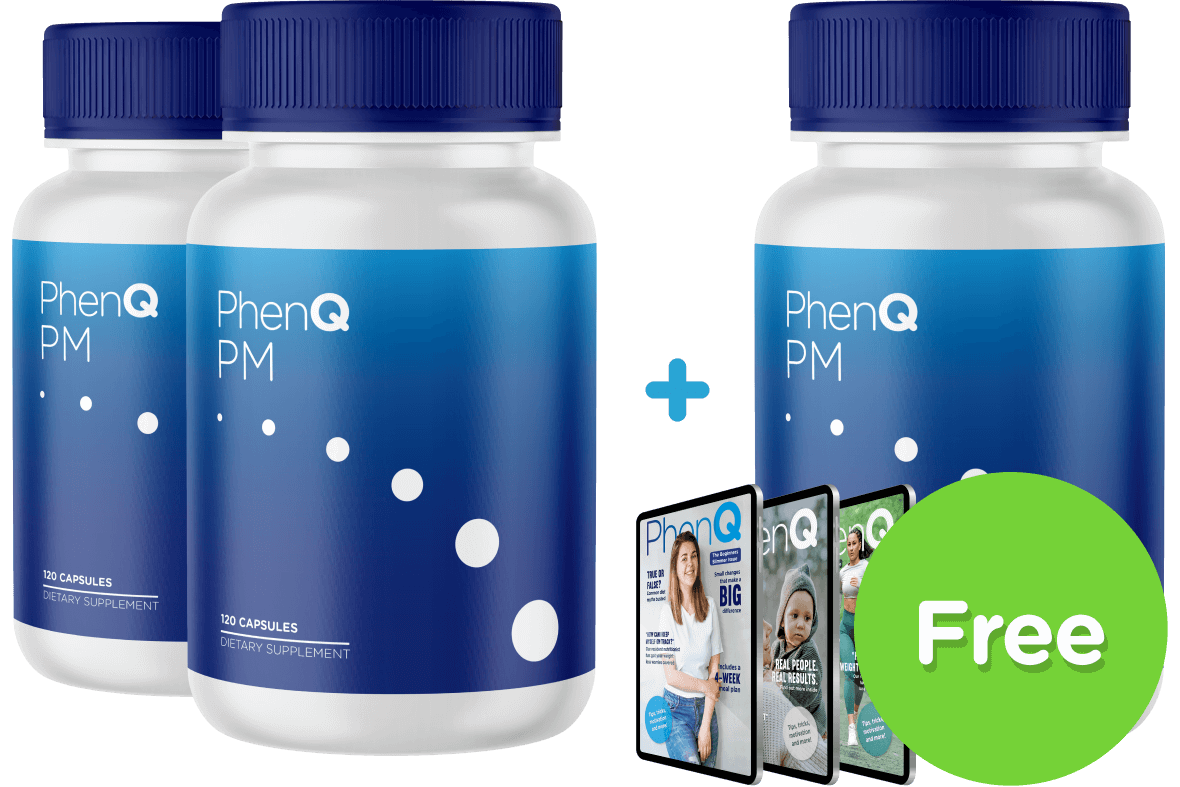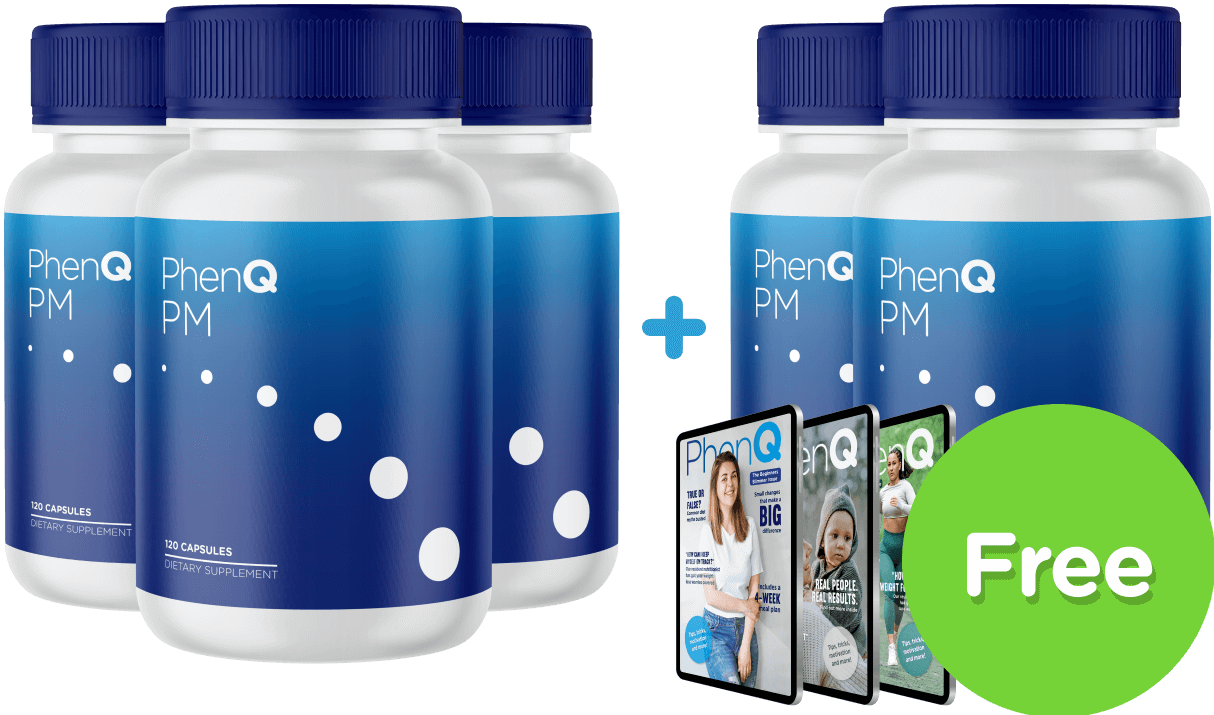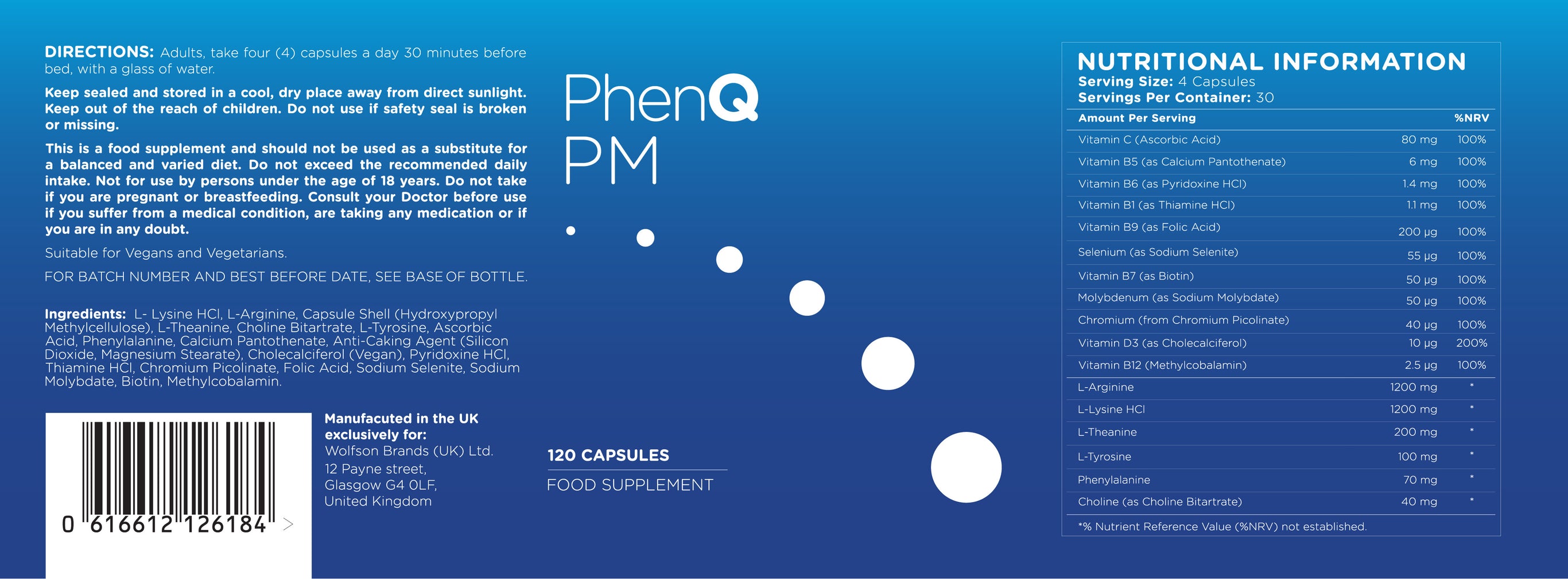1Takahashi, Y., Kipnis, D. M., & Daughaday, W. H. (1968). Growth hormone secretion during sleep. Journal of Clinical Investigation, 47(9), 2079–2090. https://doi.org/10.1172/jci105893
2Vijayakumar, A., Yakar, S., & LeRoith, D. (2011). The Intricate Role of Growth Hormone in Metabolism. Frontiers in Endocrinology, 2(32). https://doi.org/10.3389/fendo.2011.00032
3June 4, E. on, & 2018. (n.d.). Improved sleep quality may help reduce junk food cravings and night-time snacking. Diabetes. Retrieved September 7, 2022, from https://www.diabetes.co.uk/news/2018/jun/improved-sleep-quality-may-help-reduce-junk-food-cravings-and-night-time-snacking-93584914.html
4Kanaley, J. A. (2008). Growth hormone, arginine and exercise. Current Opinion in Clinical Nutrition and Metabolic Care, 11(1), 50–54. https://doi.org/10.1097/mco.0b013e3282f2b0ad
5Khan-Siddiqui, L., & Bamji, M. S. (1983). Lysine-carnitine conversion in normal and undernourished adult men-suggestion of a nonpeptidyl pathway. The American Journal of Clinical Nutrition, 37(1), 93–98.
https://doi.org/10.1093/ajcn/37.1.93
6Higashiyama, A., Htay, H. H., Ozeki, M., Juneja, L. R., & Kapoor, M. P. (2011). Effects of l-theanine on attention and reaction time response. Journal of Functional Foods, 3(3), 171–178.
https://doi.org/10.1016/j.jff.2011.03.009
7Cangiano, C., Laviano, A., Ben, M. D., Preziosa, I., Angelico, F., Cascino, A., & Rossi-Fanelli, F. (1998). Effects of oral 5-hydroxy-tryptophan on energy intake and macronutrient selection in non-insulin dependent diabetic patients. International Journal of Obesity, 22(7), 648–654. https://doi.org/10.1038/sj.ijo.0800642
8A Scientific Review: The Role of Chromium in Insulin Resistance. (2004). The Diabetes Educator. https://pubmed.ncbi.nlm.nih.gov/15208835/
9Albarracin, C. A., Fuqua, B. C., Evans, J. L., & Goldfine, I. D. (2007). Chromium picolinate and biotin combination improves glucose metabolism in treated, uncontrolled overweight to obese patients with type 2 diabetes. Diabetes/Metabolism Research and Reviews, 24(1), 41–51. https://doi.org/10.1002/dmrr.755
10Office of Dietary Supplements - Molybdenum. (n.d.). Ods.od.nih.gov. Retrieved September 8, 2022, from https://ods.od.nih.gov/factsheets/Molybdenum-Consumer
11Johnston, C. S. (2005). Strategies for healthy weight loss: from vitamin C to the glycemic response. Journal of the American College of Nutrition, 24(3), 158–165. https://doi.org/10.1080/07315724.2005.10719460
12Masuda, H., Masuda, T., & Hatta, H. (2015). Effect of thiamin (vitamin B1) on carbohydrate metabolism at rest and during exercise. The Journal of Physical Fitness and Sports Medicine, 4(4), 337–341. https://doi.org/10.7600/jpfsm.4.337
13Haidari, F., Mohammadshahi, M., Zarei, M., Haghighizadeh, M. H., & Mirzaee, F. (2021). The Effect of Pyridoxine Hydrochloride Supplementation on Leptin, Adiponectin, Glycemic Indices, and Anthropometric Indices in Obese and Overweight Women. Clinical Nutrition Research, 10(3), 230. https://doi.org/10.7762/cnr.2021.10.3.230
14Kelly, G. S. (1999). Nutritional and botanical interventions to assist with the adaptation to stress. Alternative Medicine Review: A Journal of Clinical Therapeutic, 4(4), 249–265. https://pubmed.ncbi.nlm.nih.gov/10468649/
15Elsawy, G., Abdelrahman, O., & Hamza, A. (2014). Effect of Choline Supplementation on Rapid Weight Loss and Biochemical Variables Among Female Taekwondo and Judo Athletes. Journal of Human Kinetics, 40(1), 77–82. https://doi.org/10.2478/hukin-2014-0009
 AMINOÁCIDOS
AMINOÁCIDOS


